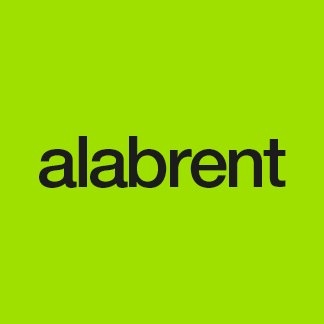Redacción Alabrent
The statistics paint a very clear picture. The winners are uncoated, wood-containing printing papers that are gaining appreciation among consumers and advertisers due to their great ‘paper feel’ and a surface structure that offers excellent readability.“The trend of traditional magazine grades such as LWC and SC paper losing ground to new, more cost-effective alternatives has never been as obvious as it is now,” says Karolina Svensson, business intelligence manager at Holmen Paper.
“In 2013 deliveries of coated magazine paper in Europe fell by 7 per cent and SC paper fell by 4 per cent. At the same time, deliveries of uncoated magazine paper increased by 7 per cent.”
It’s not difficult for Karolina Svensson to identify the underlying causes of the break in the trend.
“The producers of printed material are under pressure due to poor profitability. The new paper grades give more print surface for your money. When based on virgin fibre, the paper acquires a bulk that allows you to select lower grammages with the same feel. Money is then also saved on distribution, amounting to as much as 20 per cent greater cost efficiency.”
Paving the way
The product that has paved the way for this development more than others was launched more than ten years ago but continues to be developed today.
“When it was launched Holmen XLNT was a groundbreaking product – something completely new. An uncoated paper that with its surface properties and high bulk was able to present a challenge to LWC and SC paper. Holmen XLNT shook up the market and actually created a brand-new market segment,” says Dan Buskhe, one of the prominent figures in the history of Holmen XLNT.
His role continues to be that of strategic product developer at Holmen Paper. He is pleased that the product that laid the foundations for the company’s now successful speciality paper strategy is continuing to develop and challenge competitors.
Further development
“Holmen XLNT is now a large family of products, and we’re constantly working on refining them,” says Dan Buskhe. “I’m really excited to see how the market will react to what we have in the pipeline for Holmen XLNT in the future.”
Over the years Holmen XLNT has had several imitators, which is positive as competition stimulates product development, according to Karolina Svensson.
“In our major market survey in 2013, it was obvious that despite demands for savings, paper purchasers still rank a paper’s feel and properties as crucial for their printed material. The ability of the paper to signal and contribute to presenting the right image for products and brands is still decisive. And now there are new paper options on the market that can achieve this while ensuring cost efficiency. This explains the break in the trend.”
Streamlining
Sture Udd, owner of the UPC Group in Finland, is one player who has recognised the potential in the products now challenging traditional paper choices.
“The strongest argument for Holmen XLNT is the scope to make customers’ DM projects more effective as a whole,” says Sture Udd. “The lower paper cost opens up the potential to produce more pages and make more frequent mailings – creating more contact with consumers.”
“Being at the forefront of the development of these kinds of speciality paper products is part of Holmen Paper’s long-term strategy. Speciality paper, including book paper, is now responsible for more than half of Holmen Paper’s total sales, and we’ll be continuing on this path of constant improvements,” says Dan Buskhe.



